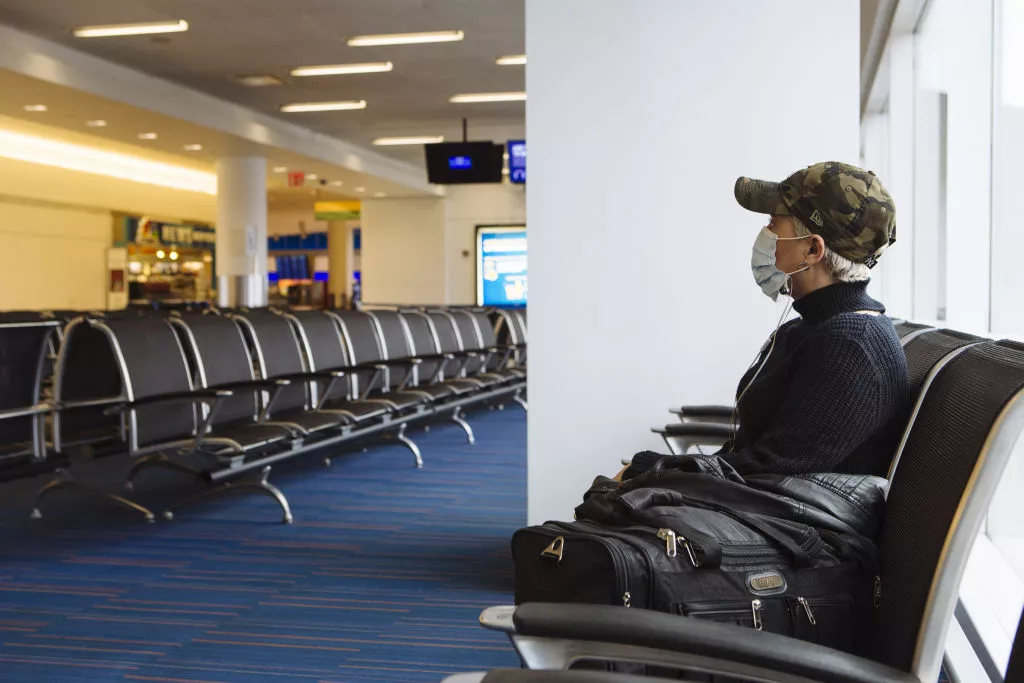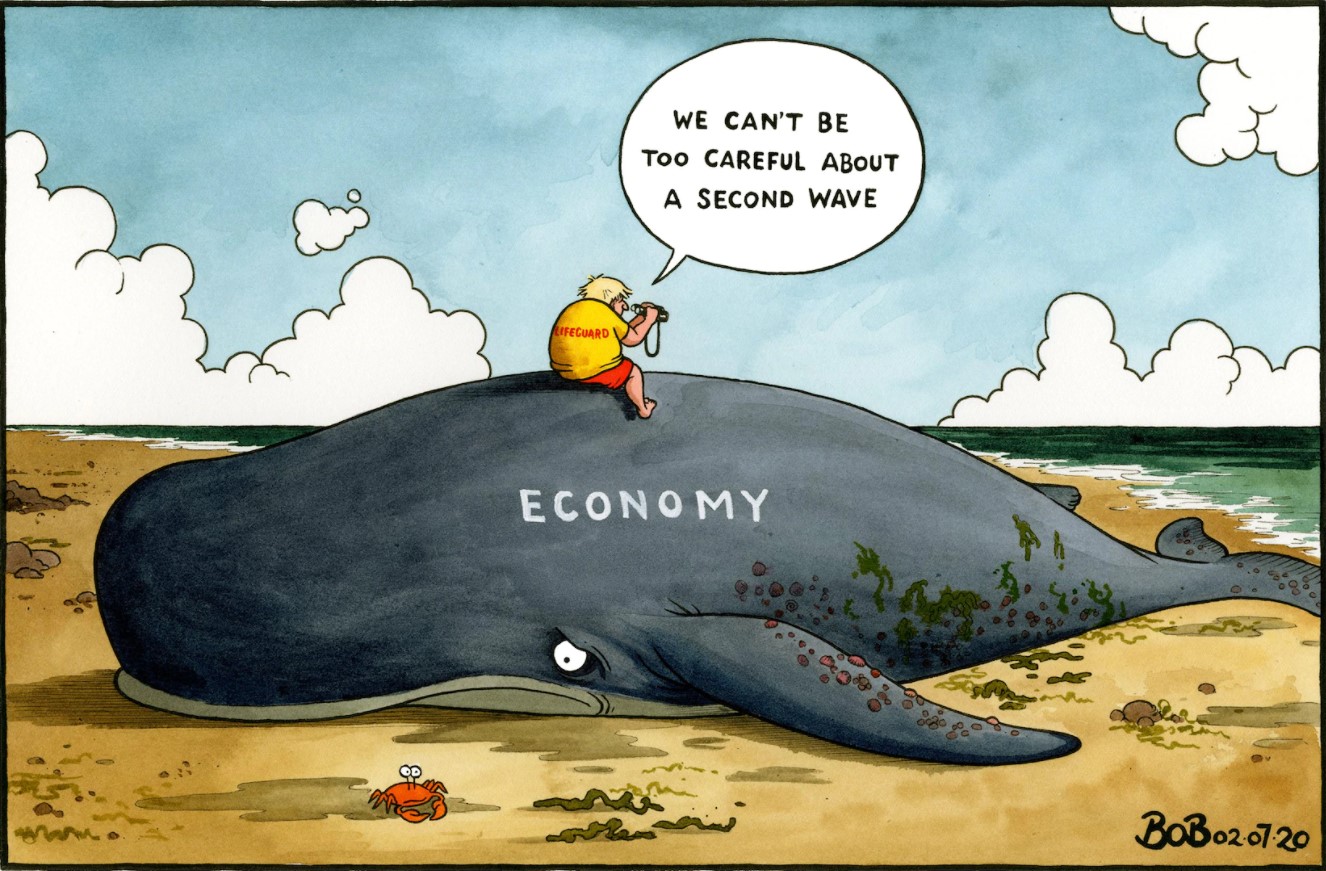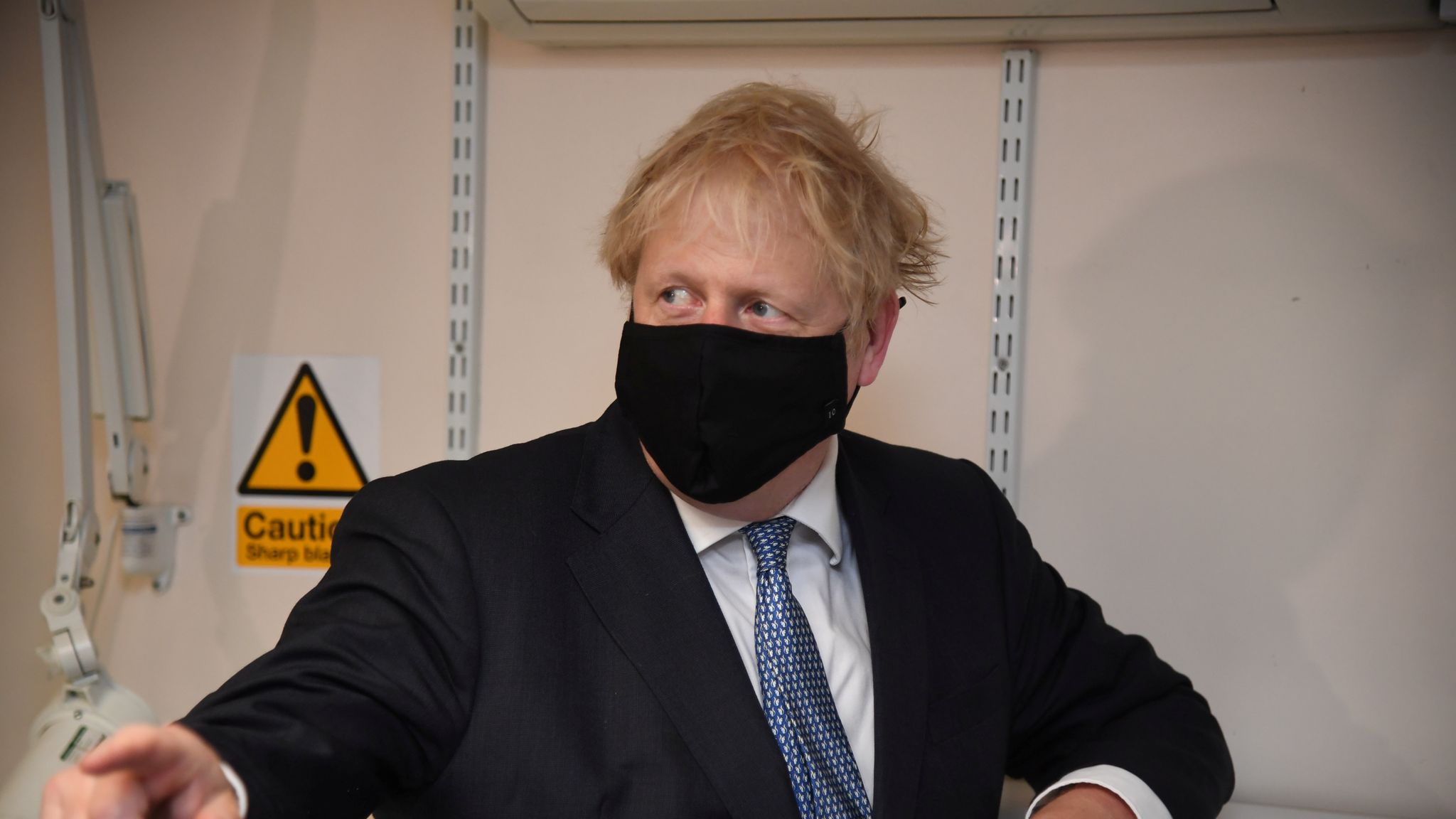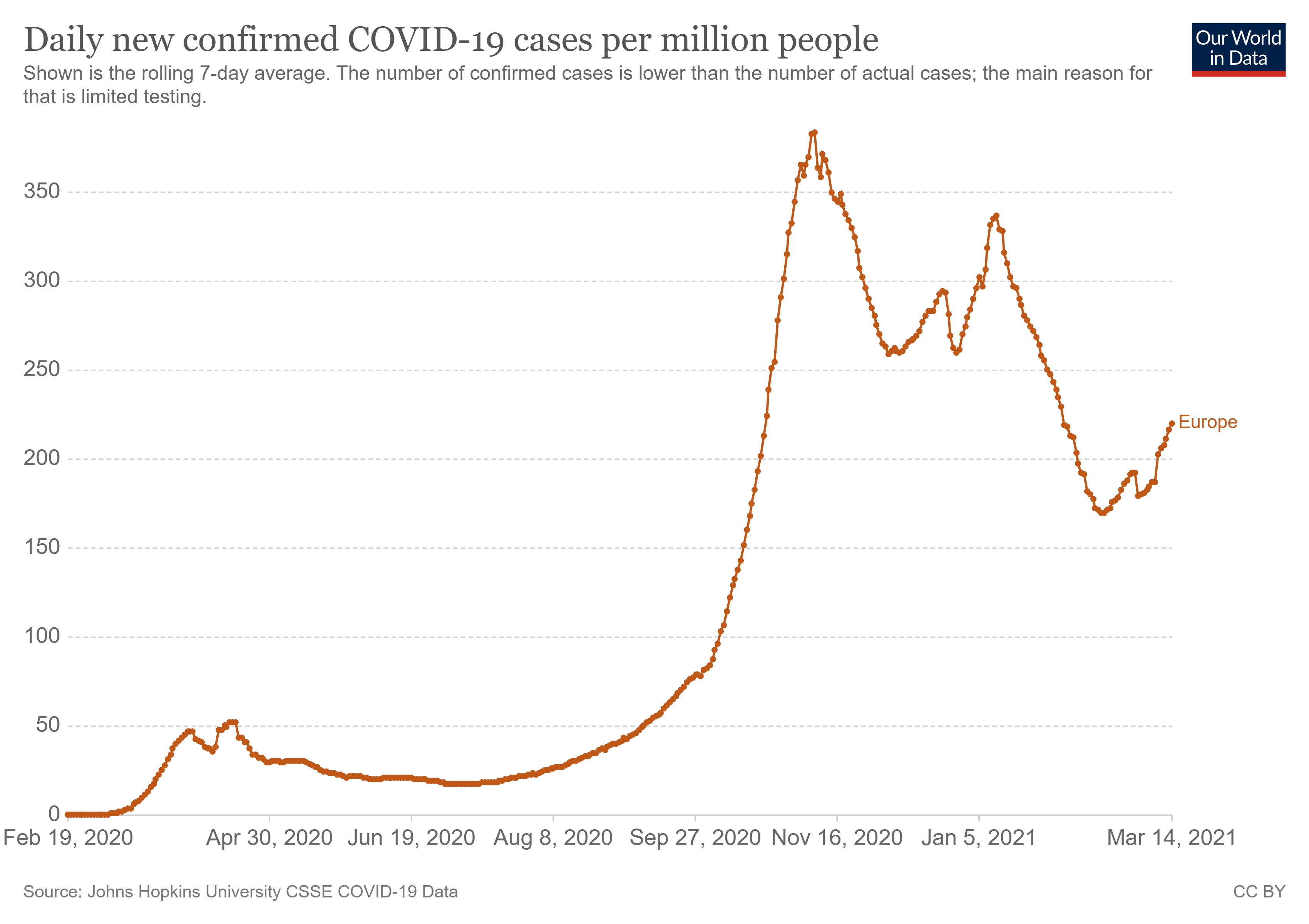In a recent article, we considered the implications of the U.K.’s spring rise in infections, given that before now the assumption has been that coronaviruses are seasonal at northern temperate latitudes. Do we have to dismiss that hypothesis in light of the ‘Third Wave’? Here we argue that, contrary to Government claims, the British summer is indeed finally impacting viral transmission, with sharp falls in positives reported across the U.K. In England, reported cases have more-or-less halved in a week, from 50,955 to 25,434. This sharp fall runs counter to all three of the most recent SAGE models driving Government policy, which predict rising infections leading to peaks in hospital admissions in high summer – and by implication falsifies the assumptions upon which these models are based. Parsimony predicts the summer troughs and winter peaks evident for SARS-CoV-2 In spring and summer 2020 and winter 2020-1, SARS-CoV-2 infections parsimoniously followed the pattern of seasonal respiratory viruses, falling away in the summer months and rising again in the autumn, with peaks in deaths occurring between mid-November 2020 and mid-April 2021 in different northern temperate countries. Although falling infection levels were sometimes prolonged into early summer or began to rise again in late summer, there were no peaks in fatalities in summer or early autumn 2020. Most notably, while cases in Sweden ...

















